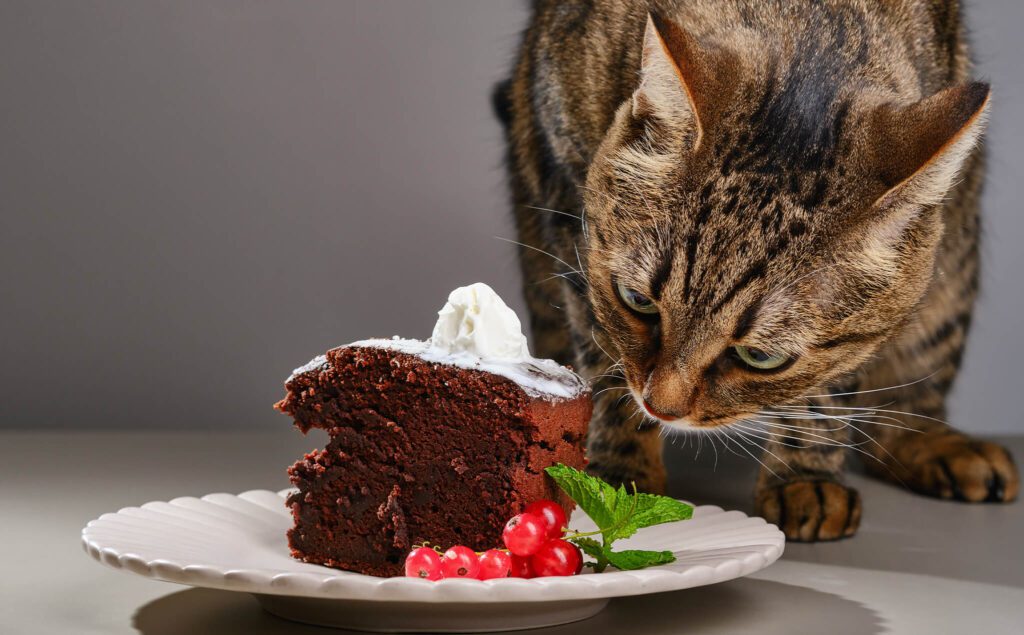Dog Stung by a Bee on the Mouth: Here’s What You Need to Know
We have all seen a dog with a puffy face because of the wrath of bees. A bee sting can actually be something that turns into a very serious situation, especially if your dog’s stung by a bee on the mouth. You should always carefully monitor your dog’s behavior and any changes in their body, especially when they have been playing outside.

Bees are protective and will sting if they are scared and uncomfortable. Dogs are also curious and are not afraid to take a bite or a whiff of a bee. If your dog accidentally frightens a bee, then this can lead to them getting stung. It’s important to make sure you know all of the information about bee stings on dogs so that way you know if they need to go see the vet or emergency vet.
Important Things to Know if Your Dog’s Stung by a Bee on the Mouth
If your dog’s stung by a bee on the mouth, you’re likely wondering what you need to do next. Do you need to go to the vet or emergency vet right away? Are bee stings always dangerous for dogs? Before going over what to do if your dog gets stung on the mouth, you should know some basic information about bee stings on dogs so you can understand more about this situation.
Below are 3 things to know about bee stings on dogs:
Are Bee Stings Common in Dogs?
Sadly, bee stings are very common in dogs. The biggest problem, though, is when a bee sting occurs in a dog’s mouth. Not only can this be painful, but it can also lead to health complications. Some dogs are allergic to the toxins in a bee sting, which can cause their faces and body to swell. These can be signs of an allergic reaction in dogs.
If your dog has been stung inside of their mouth, this could mean that the bee stung their throat. If this is the case, the swelling can cause your dog’s throat to close, leading to respiratory problems.
Not every bee sting requires veterinary care, but if you notice signs of an allergic reaction or if your dog’s stung by a bee on the mouth, you should take them to the vet sooner rather than later to make sure everything is okay.
Do Bee Stings Hurt Dogs?
Although not all bee stings are problematic and may not need extra care, that does not mean they don’t hurt. Unfortunately, it’s very possible for bee stings to be painful for dogs. If you encounter your dog with a bee sting, you should carefully monitor their face and behavior.
It’s not recommended that you touch your dog’s face if they’re showing signs if extreme pain, as this can cause them to exhibit signs of aggression. Instead, carefully watch and place your hands on their neck or on the part of their face that is not swollen.
Are Bee Stings Dangerous to Dogs?
Take a deep breath and relax; not all bee stings are dangerous to dogs. However, if your dog’s stung by a bee on the mouth, or if they’re allergic to bees, then this can lead to an emergency situation. It’s important to monitor your dog to see where they’ve been stung and how they’re acting in order to determine if veterinary care is needed.
You don’t have to worry about bee stings unless they have stung your dog’s throat or eye, which can cause swelling, infections, and bleeding. These types of bee stings are rare, though. Most of the time, a dog gets stung inside of the mouth in their cheek.
What to Do if Your Dog’s Stung by a Bee on the Mouth
Now that you know some facts about bee stings on dogs, it’s important to know how to handle a situation if your dog is stung on the mouth.
Below are 4 things you should do if your dog’s stung by a bee on the mouth:
1. Try to Keep Your Dog Calm and Monitor Them
The first step is to stay calm and monitor your dog. It is important to keep your dog as calm as possible, especially if they are in pain and with significant swelling.
2. Try to Open Your Dog’s Mouth to Get the Stinger Out
If you can, you will need to open your dog’s mouth. This can be a two-person job. Get a friend or loved one to pet and calm your dog down as you look for the stinger. You can’t treat a bee sting without first taking the stinger out.
If it is easier, you can use tweezers especially since the stinger is so small. However, you should be very careful with the tweezers, as you’ll be very close to your dog’s face and even inside their mouth. Your dog’s reaction to the tweezers may be to bite or start frantically moving around, which can lead to potential injuries for them.
If you’re having a hard time getting the stinger out, contact your closest emergency vet. They’ll be able to either help guide you over the phone or advise you to come in so that way one of their professionals can help with getting the stinger out.
3. Clean the Area of Your Dog’s Mouth with the Bee Sting
When your dog’s stung by a bee on the mouth, after you remove the stinger, you’ll want to clean the area of the mouth that was stung and rinse your dog’s mouth with water and something acidic. You can even make a baking soda paste to add to the sting.
Since it is in your dog’s mouth though, this can cause complications as the flavor is bitter and uncomfortable. You should never put anything in your dog’s mouth that you’re unsure about without consulting with a veterinarian. They’ll be able to tell you the best solution on what to do in this situation.
4. Keep Monitoring Your Dog’s Behavior and Watch for Swelling
Continue to monitor your dog’s behavior and the swelling. Although we have stated that bee stings are not always a cause for concern, if you notice that your dog’s throat is closing and that they are burning with a fever or bleeding, you should call your local emergency vet for treatment. The swelling can worsen and cause further issues breathing.
Is it Possible to Help Prevent Your Dog Getting Stung by a Bee on the Mouth?
As much as we want to keep our dogs as safe as possible, it is not always possible to prevent a dog getting stung by a bee on the mouth. It only takes a split second for your dog to take a bite of curiosity at a bee. If you want to prevent your dog from getting stung by a bee as much as possible, get rid of any beehives or relocate them if they are in common areas around the outside of your home. Bees though will rarely bother animals or humans unless they feel threatened.
Keep a Close Eye if Your Dog’s Stung by a Bee on the Mouth
Bee stings can cause an uncomfortableness that your dog will have to feel until the swelling comes down. If you see that the swelling is causing your dog discomfort, you can use an ice pack to keep it down. Since the swelling is inside the mouth though, the best thing you can do is wait, provide comfort, and monitor for any drastic changes.
If your dog’s stung by a bee on the mouth and you’re noticing signs of an allergic reaction or swelling of the throat, take them to the emergency vet right away. At North Central Veterinary Emergency Center, we have many locations, all that have teams of compassionate and experienced emergency vets who are ready to care for your pet in any emergency situation.
Recent Posts
What To Know about Chocolate Poisoning in Cats and How to Protect Them
What To Know about Chocolate Poisoning in Cats and How to Protect Them Chocolate is a treat…
My Dog Has Kennel Cough – Is This an Emergency?
My Dog Has Kennel Cough – Is This an Emergency? When your dog starts coughing, it can…
5 Reasons Why Lilies are Toxic to Cats
5 Reasons Why Lilies are Toxic to Cats Seeing your cat next to a lily might seem…
Are Lilies Toxic to Dogs?
Are Lilies Toxic to Dogs? When we think of lilies, we often picture their stunning colors and…
Cat Coughing: How to Help Your Pet and When to Call the Emergency Vet
Cat Coughing: How to Help Your Pet and When to Call the Emergency Vet Coughing in cats…






